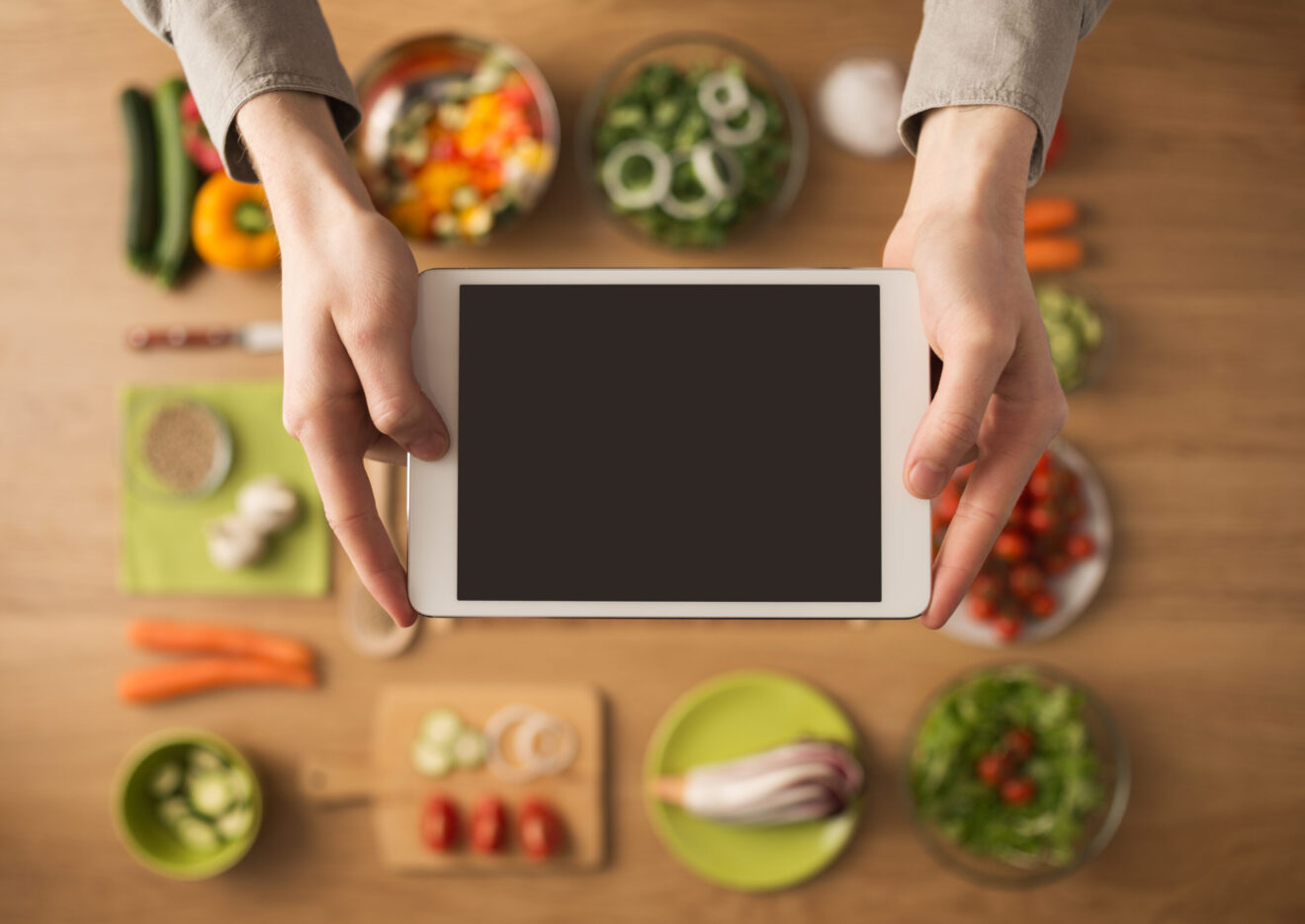The future of food was the overarching topic of discussion at the Smart Kitchen Summit last week in Amazon’s backyard, Seattle, Wash., and while many sessions honed in on new appliances in the consumer kitchen and new technologies to make cooking easier, one session focused on the future of grocery. Since Amazon acquired Whole Foods, the industry has pivoted — whether all players are ready or not — creating cause for the industry to radically rethink the way consumers engage with food and the food retail experience, moderator Brian Frank, general partner of FTW Ventures, said during the session titled “From Cloud to Cart: The Future of Food Retail.”
Focusing on the consumer and how their behavior, demands and perceptions have changed to influence the industry today, Erik Wallin, co-founder of Northfork, a Sweden-based personal shopper service for retailers; Josh Sigel, COO of Innit; and Mike Lee, founder of The Future Market, a forecasting agency that builds concept products and experiences to imagine what the world of food will look like in the next 10-25 years, spoke about the challenges and opportunities that technology represents for the food retail industry.
“The biggest macro sea change has been that food has become the new aspiration — making it, sourcing it, kind of learning everything about it and using it as a tool of expression,” Lee said. “But the skills in which people have on average haven’t caught up to the aspiration.”
This has led to the creation of meal kit services and other services where technology and logistics are trying to come in and fill that gap, Lee added.
“I think that aspiration is going to keep growing — consumers want to be more in touch with their food and that creates so many opportunities for people to say, ‘I can make you meet that aspiration by giving you a shortcut or helping you in the kitchen on x, y and z,’ and that’s kind of the biggest thing that I’ve seen in consumer behavior,” Lee said. “That’s really fueling a lot of these technologies and innovations in the food world.”
In addition, more purchasing decisions are being made in the house as opposed to in the store.
“We see that there’s a deep focus on trying to insert yourself into that point of decision,” Sigel of Innit said. “Historically, the point of decision has been within the four walls of a grocery retailer.”
Innit wants to take consumers’ dilemmas of what to cook and create solutions that tie together recipes and content with planning and shopping services and experiences.
One challenge remains: every shopper is different, or at least, they perceive themselves to be different, Walin of Northfork said.
“In Europe, I think it’s somewhere around 60% or 70-80% of millennials who see grocery shopping as a chore, whereas people over 50 see it as a nice way to buy a rib eye steak, squeeze an avocado in the store,” Walin explained. “So really matching the variety of consumers’ behavior in shopping for groceries, for the retailers that’s a nut they haven’t really cracked yet.”
Still, retailers have an advantage: data.
“They have so much data on consumer behavior already, so it’s all about how they figure out what a person eats, how they want to prepare it, how they want it delivered,” Walin said. “Traditional retailers have a huge advantage there — [they’re] the consumers of the future.”
SmartBrief was a media partner of Smart Kitchen Summit.
__________________________________________________
If you enjoyed this article, join SmartBrief’s email list for more stories about the food and beverage industry. We offer 20 newsletters covering the industry from restaurants to food manufacturing. And be sure to follow us on Twitter for the latest industry news.
